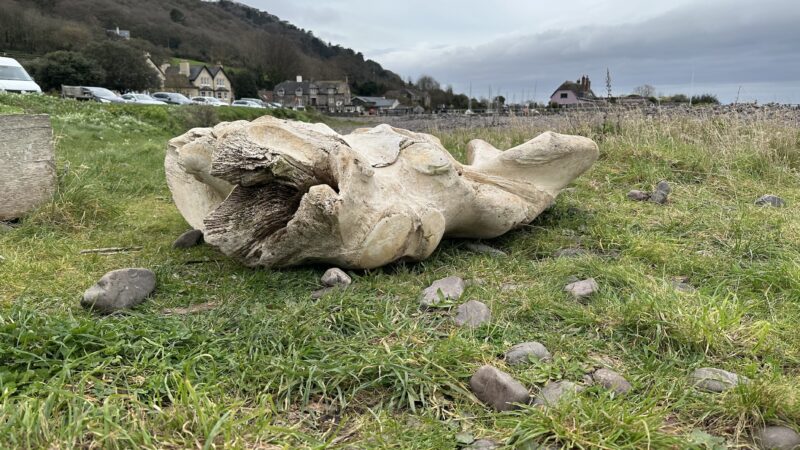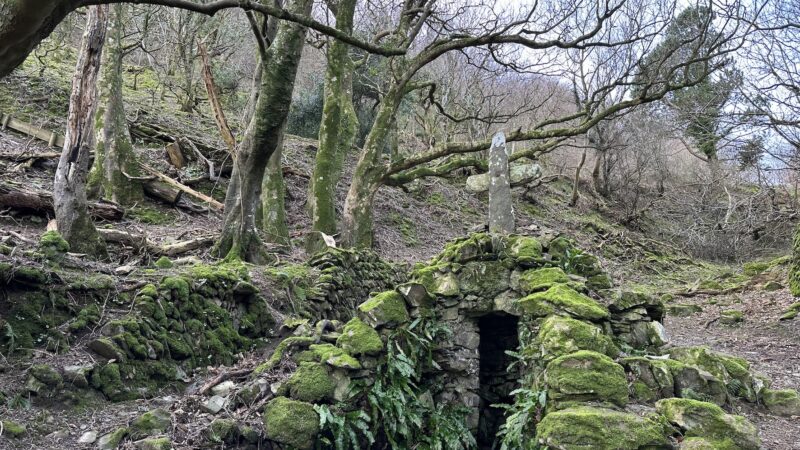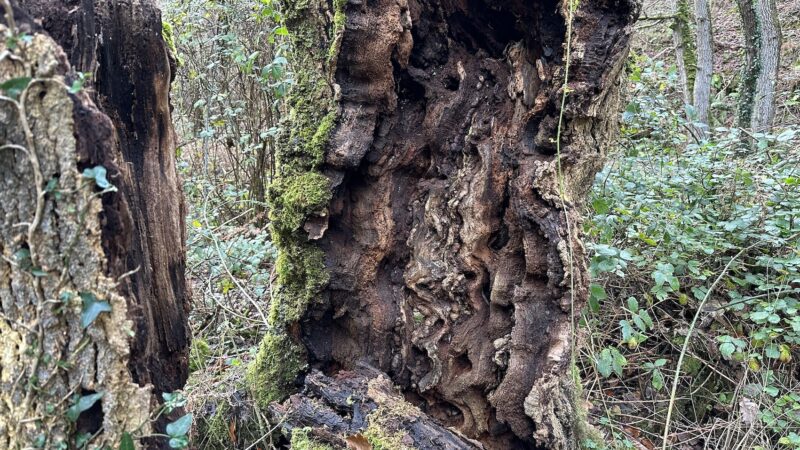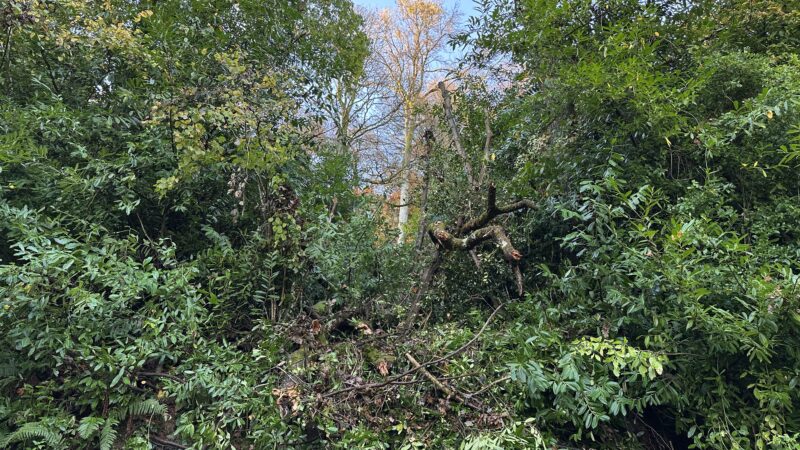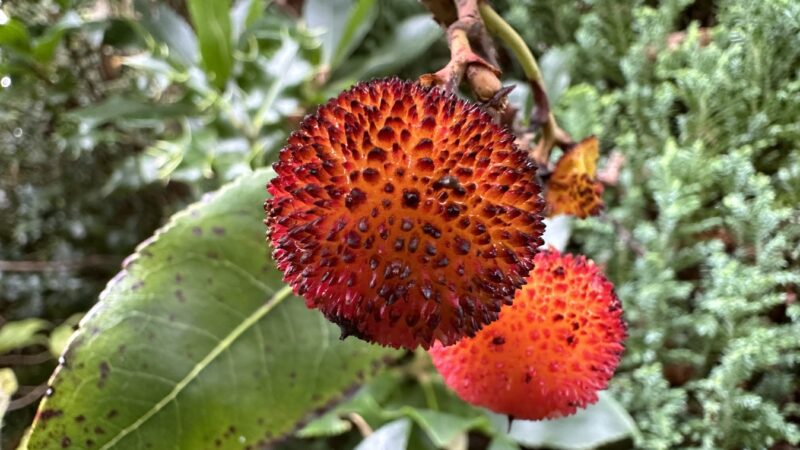‘Tis the season of the giant house spider
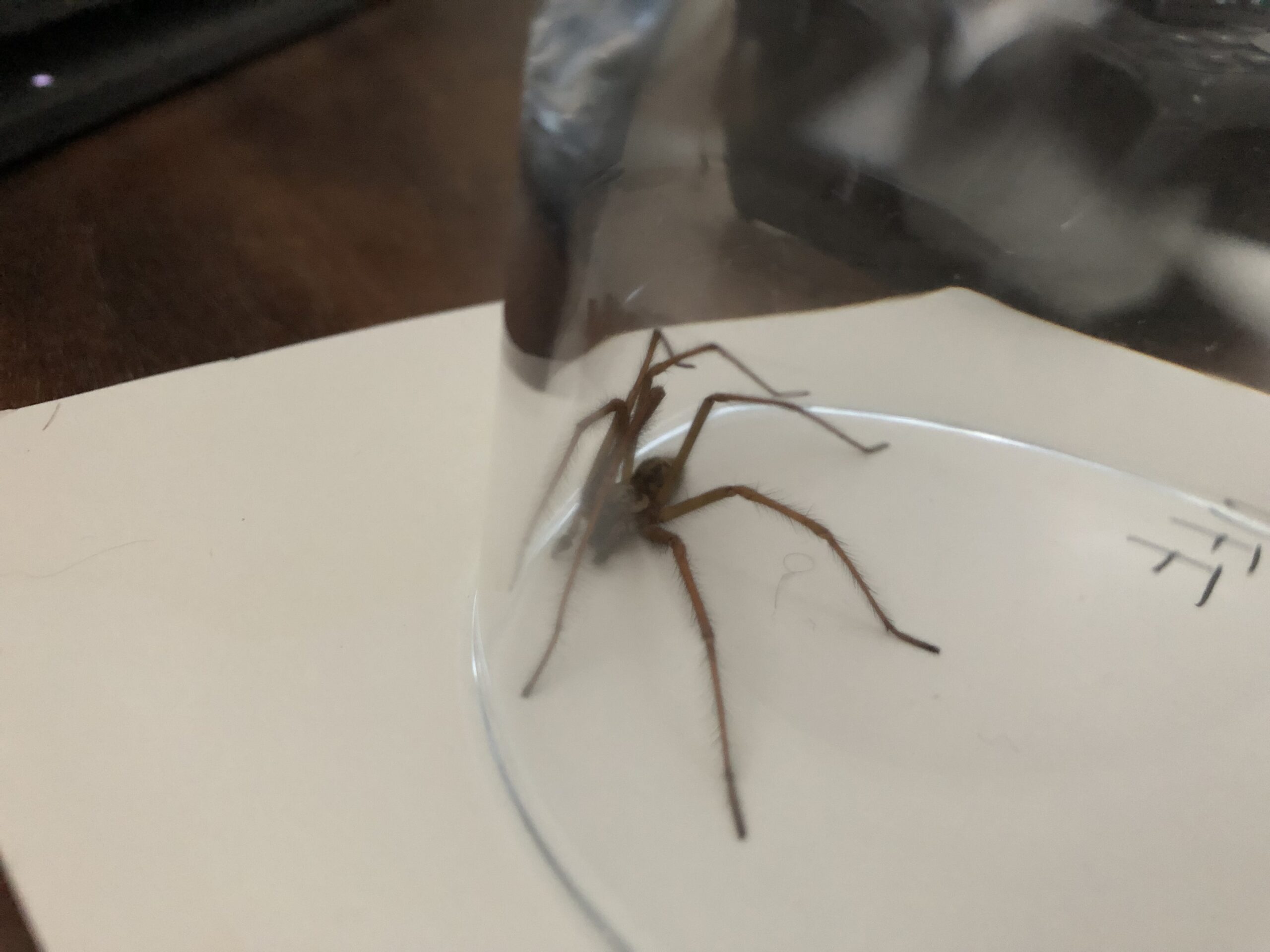
A silent scuttle seen from the corner of the eye – there it is, a spider, bristle-legged on the cream-coloured carpet. It freezes for a moment and then dashes behind the chest of drawers.
It’s a male giant house spider of a subspecies common in the West Country (Eratigena saeva). I can tell it is male by the large, club-like palps in front of the head, and also by the time of year. In late summer and early autumn, males emerge from their webs and roam about looking for females to mate with.
They are most active at night, climbing stairs, falling in baths and pattering across beds. These are fast runners, capable of sprinting half a metre a second, which adds to their capacity to surprise and unnerve.
This male I think I have seen before. Either that or I have put six identical males outside in the shed. It’s possible; anecdotal evidence says these spiders have a homing instinct and will return if removed. Three times now I have found what looks like the same individual determinedly climbing the stairs a day or so after being gently ejected.
But his persistence could lead to a sticky end. There are spindly daddy-longlegs spiders (Pholcus phalangioides) occupying several corners of the bedroom ceilings. Large but almost invisible, they build inconspicuous webs and can hang motionless for hours. Disturb one and, rather than running off, it will keep its feet still and whirl its body in a circular motion.
I am frightened of spiders, but I don’t mind the Pholcus. Their annoying habit of spattering books with pale spots of defecation is outweighed by their usefulness as a predator. As well as catching flies, they eat other spiders.
Pholcus use their long legs to throw silk from their spinnerets, enmeshing their prey from a distance before moving in for a bite. There are a couple of daddy-longlegs above the chest of drawers that harbours the big spider.
When I look the next day, there is no sign of my friend, but one of the Pholcus is cradling a well-wrapped bundle with a crumpled brown body inside.
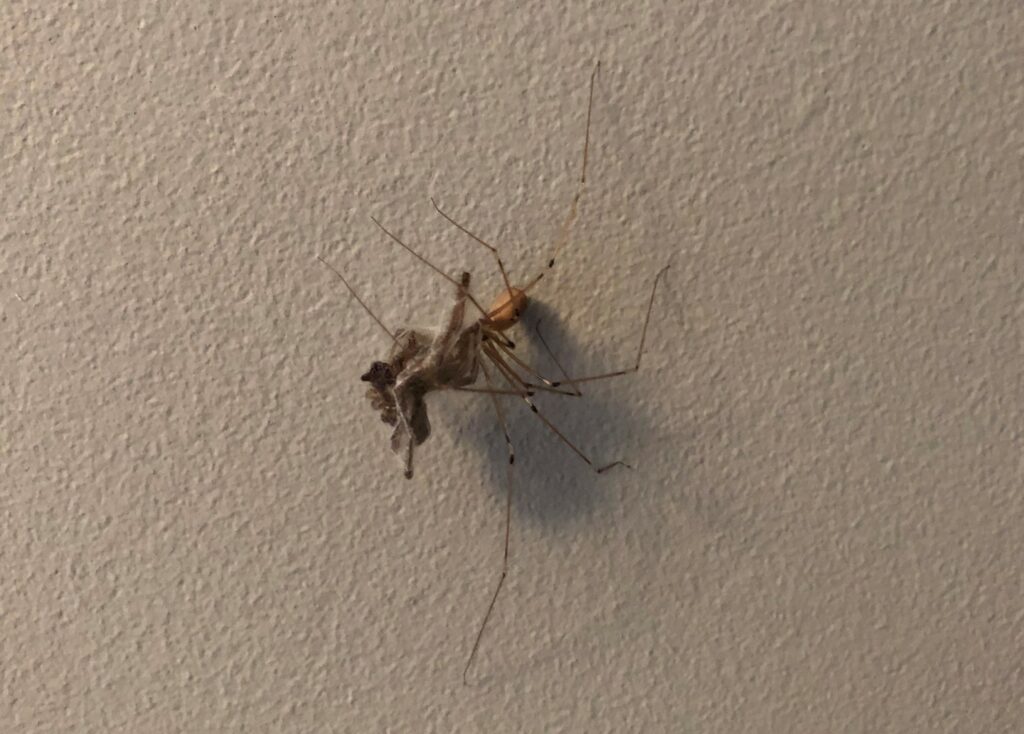
First published in The Guardian’s Country Diary column 1 September 2022.

